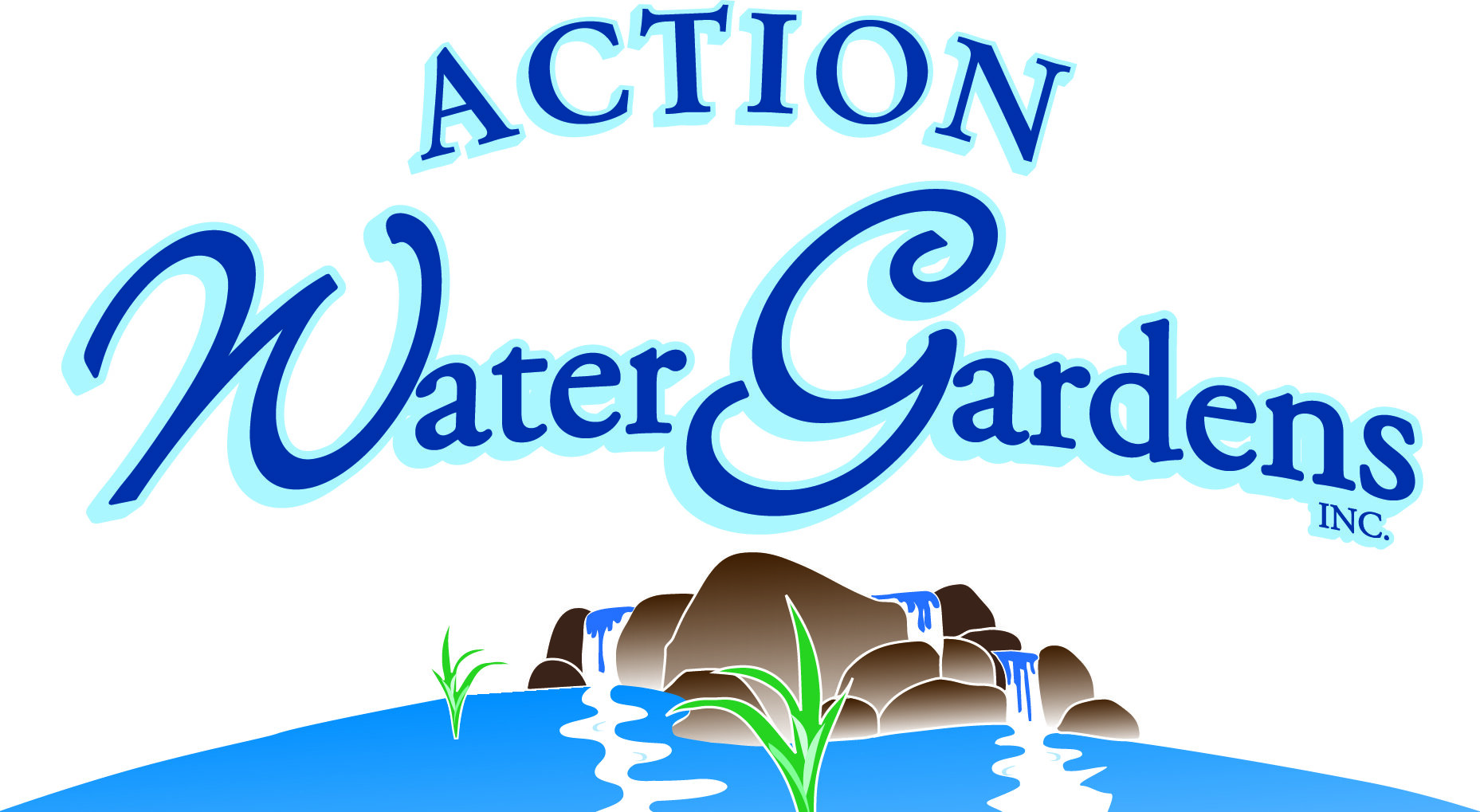Algae Control
Artificial Algae Control
If you have a pond that's suffering from green water and you can't see your fish, you may need to use a UV filter in order to clear up your water. A UV sterilizer kills a lot of things - parasites, beneficial bacteria, insects, and most other microscopic organisms living in the water.
However, the UV filter is totally ineffective when it comes to string algae and may even inadvertently promote an increasingly larger string algae bloom.
The Natural Way
Mother Nature's prescription for algae control is simple - make sure you have a balanced ecosystem! Many pond problems are symptoms of imbalances. Here are a few products that can help keep your pond in balance, in case it needs a little boost. We like to refer to them as complements to Mother Nature.
A Few Algae Facts
Types of Algae: The two types of algae that most water gardeners experience are suspended algae and filamentous algae. Suspended algae consist of millions of microscopic algae floating throughout the water. This causes the water to turn green or "pea soup" color. Filamentous, or string, algae forms long and short hair-like strands, attaching itself to rocks, gravel, plants, or any surface area it can find in the pond.
The Annual Pond Cycle: Most pond owners will notice a similar algae pattern in their pond, throughout the year. The cooler temperatures of early spring and late fall typically bring increased algae growth. Don't be discouraged if your pond turns "pea soup" green or you have string algae problems during this time. Be patient. The algae doesn't mind cool water and can grow happily, but the bacteria that help fight algae growth are dormant. This lack of balance results in excess algae. But as the water warms and the bacteria become more active, the algae will be reduced. Some ponds take longer than others do, but your pond will once again be clear and string algae will noticeably diminish as the summer approaches.
Top 10 Algae Control Methods
Aquascape Beneficial Bacteria: Contains bacteria and enzymes that are specifically blended to be effective at reducing sludge, uneaten fish food, fish waste, and excess nutrients that cause poor water quality and clarity. Blended and tested to produce maximum results in ornamental ponds.
Aquascape EcoBlast™: EcoBlast™ is Aquascape's #1 treatment for breaking down debris. It is fast-acting and works on contact. It is not temperature sensitive and can be used during cold temperatures. Safe for fish.
Aquascape S.A.B.™: This is formulated to help reduce pond maintenance and promote the growth of beneficial bacteria and enzymes. S.A.B.™ will assist in the breakdown and reduction of debris in the stream, waterfalls, and pond.
Plants: Plants, since they directly compete with algae for nutrients and sunlight, are probably the most important addition to your pond. Add a wide variety of plants to your pond. This not only creates a natural look, but also will help reduce the algae in different areas of your pond.
Place water hyacinth and water lettuce in your BIOFALLS® filter. These floating plants reproduce rapidly, using up enormous amounts of nutrients. A stick placed across the front of the BIOFALLS® filter will prevent the plants from flowing over the front of the waterfalls and into the pond.
Plenty of bog and marginal plants should be added to the pond. Plants such as cattails and iris take up large quantities of nutrients. They are hardy and will be back each spring to help you balance your pond.
Cover the water surface of the pond by planting lilies. Lily pads float on the top of the pond, shading the water.
Physical Removal: Physically remove clumps of string algae if it begins to overtake the pond. Pull or cut away the algae where it is attached. Think of it as "weeding the pond."
Koi: Adding koi over 10 inches in length will greatly reduce string algae. The koi, if not overfed, will graze on the string algae in the pond. Only feed the fish what they can consume within a few minutes. Fish food that is not eaten by fish will decompose in the pond and increase nutrient levels.
Fix Leaks: Tap water can have an abundance of nutrients in it. Continually adding large quantities of tap water to compensate for a leak can actually promote algae growth. Fix leaks when they are discovered.
Control Run-Off: Never use lawn fertilizer or insecticides on trees around your pond or on areas of your property that will drain toward your pond. Lawn fertilizer and insecticides will cause large algae blooms, as well as severely threaten the aquatic life inside your pond.
Remove Debris: Keep your pond free of debris. Don't let the skimmer debris net overfill with leaves. Decaying debris in the skimmer will contribute to unwanted nutrients.
